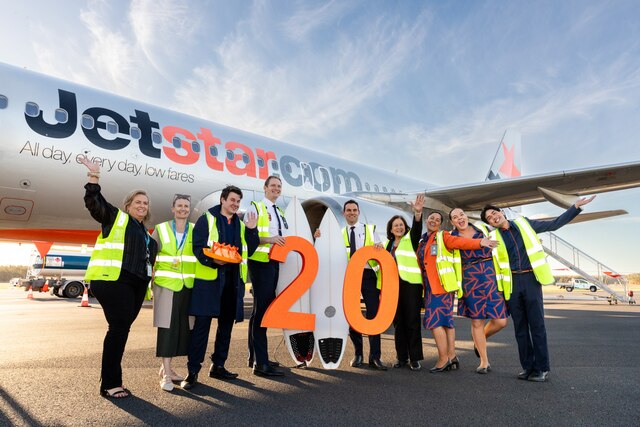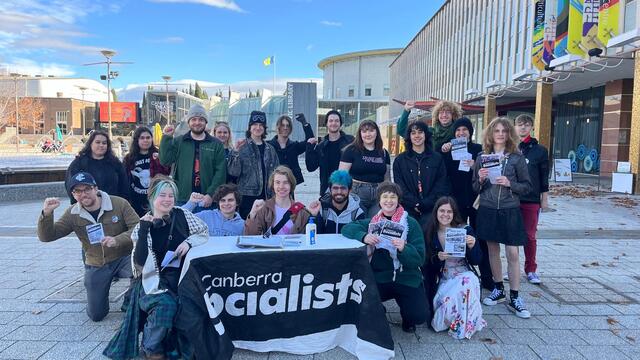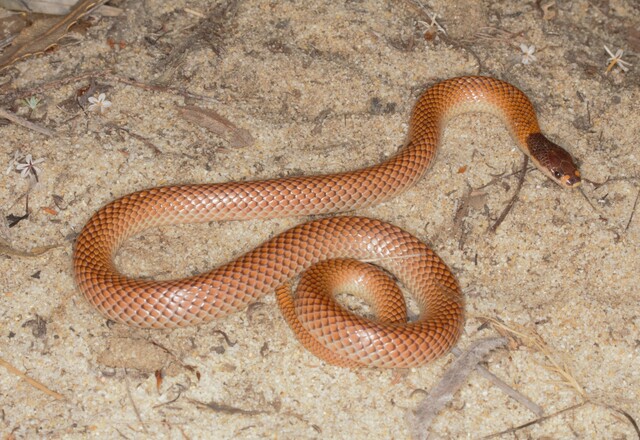Imagine the ease with which we could protect our natural heritage if we were all using the same approach. Imagine if we developed a strategic framework to do it so that we knew we were making real gains. Imagine if we focused on outcomes rather than outputs. Thanks to a partnership forged between Environs Australia (the Local Government environment network) and Environment Australia (Commonwealth Government Department), an interactive web based tool called the Biodiversity Toolbox may well realise the above vision, that has been lacking for so long.
The Toolbox is a collection of invaluable resources – templates, case studies, planning instruments, incentives and much more – that can assist Local Government to prioritise biodiversity conservation like never before. Created by Environs Australia, the Toolbox is a web portal that brings together the enormous range of material that has been developed over years to assist people and organisations conserve their biodiversity on both public and private land.
“This is a tool that can be used both by Councils and communities,” said Steve Ray, Executive Director of Environs Australia. “For a very long time there has been a need for something that helps to organise the information that is out there. We came up with the notion of a toolbox when we drew up all the material that had been generated and realised that what was really needed was a framework to link all this material together.”
The initial concept was put together by the National Local Government Biodiversity Education Steering Committee, which recognised that Local Government was in the best, most practical position to interact with and empower local communities.
The Steering Committee used the results of the National Local Government Biodiversity Survey (2000) as the basis for developing the Toolbox. Supported by a steering committee representing Councils from around the nation, Environs Australia has developed a framework that provides a strategic template for nature conservation.
The Toolbox sets up a series of benchmarks that Councils need to reach if they are to make real biodiversity gains in their local area. In addition, there are key outcomes that help ensure that any Biodiversity Action Plans written by Council are in keeping with a structure that is truly strategic.
According to Mike Berwick, Mayor of Douglas Shire and Chair of the Steering Committee, the Toolbox is one of the best developments to have emerged in recent times.
“Local Governments play a key role in conserving biodiversity on both public and private land within their designated geographic bounds,” he said. “Quite often, though, the incorporation of natural resource management into Council responsibilities is prevented by a lack of awareness or knowledge, limited available resources or a general reluctance to commit to change.
“The Toolbox aims to remove these barriers through building the capacity of Councils and their communities to actively protect and conserve endemic flora and fauna by introducing a five step benchmarking framework.
“We are looking at building an ongoing relationship with the Commonwealth to really develop a very dynamic and useful tool. Ultimately we see the Toolbox as something which should inform funding bodies about the commitment and capacity of Councils to protect their natural areas.”
Trialled within the regional areas of Corangamite in Victoria and NEWROC in WA, the Toolbox has been built by identifying the needs of Councils undertaking biodiversity conservation on the ground. It is a practical and useful tool with templates, case studies and examples that will help Councils short cut their way to a better, more effective biodiversity program. It will also enable more effective and meaningful comparison between Councils, and will direct limited resources to the most important areas.
The Toolbox is freely available to Councils and can be viewed at www.ea.gov.au/biodiversity/toolbox/index.html







